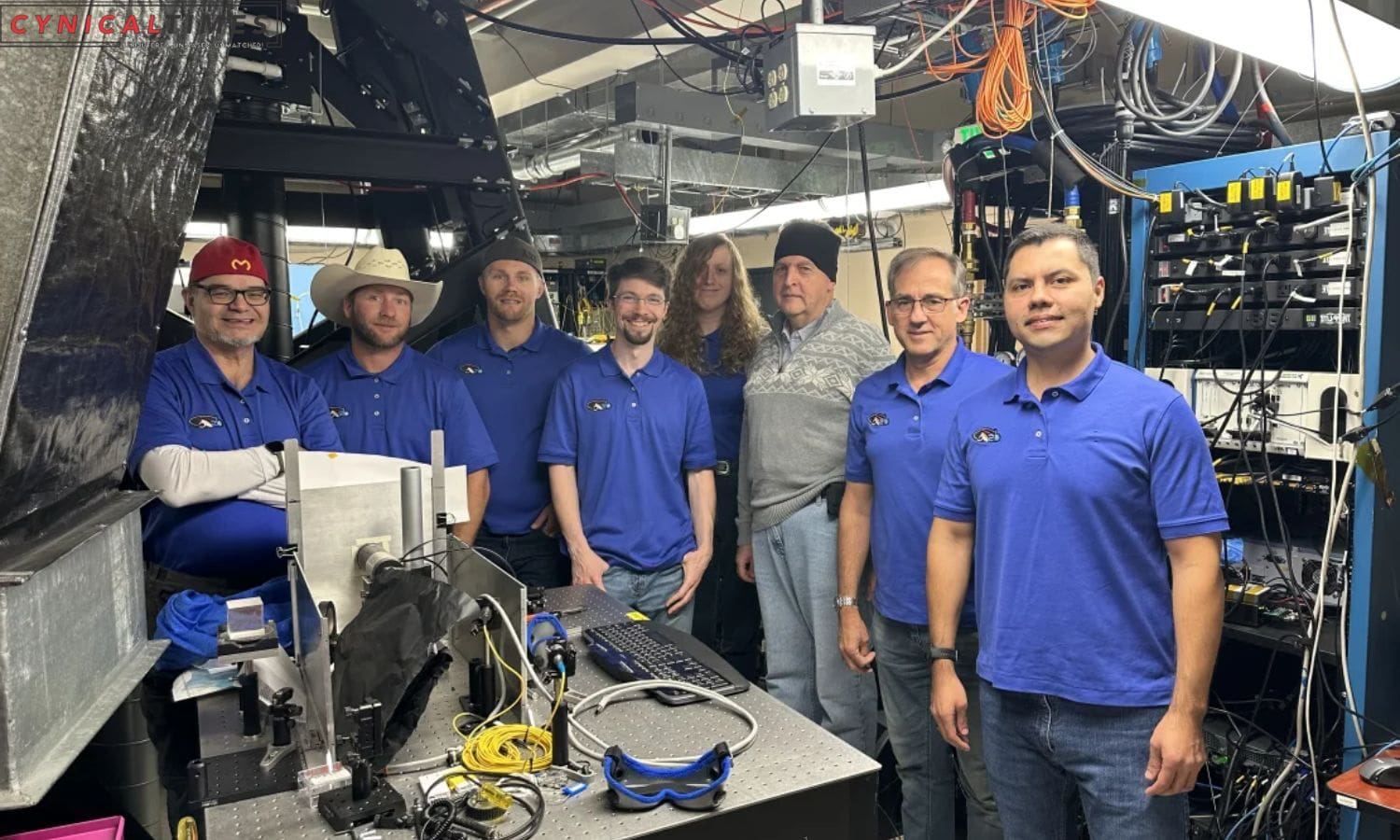NASA Laser Leap Psyche Mission: In a groundbreaking development, NASA’s Psyche mission has reached a major milestone with the successful demonstration of laser communications at unprecedented distances. The Deep Space Optical Communications technology demonstration (DSOC), carried by the Psyche spacecraft, achieved “first light” by sending and receiving data from nearly 10 million miles away. This achievement sets the stage for high-bandwidth laser communications, which could revolutionize data transmission in deep space. The DSOC experiment aims to explore the potential of invisible near-infrared laser communication, offering data speeds 10 to 100 times faster than traditional radio wave systems used in previous missions.


Launched in mid-October, the Psyche spacecraft is en route to study a metal asteroid located between the orbits of Mars and Jupiter, covering a journey of approximately 2.2 billion miles over the next six years. The DSOC experiment is designed to push the boundaries of laser communications technology, demonstrating its capabilities over vast distances and testing its viability for future space missions.
The successful transmission of data during “first light” on November 14 marked a historic moment for the DSOC mission. The laser, encoded with data, traveled from the Psyche spacecraft to Earth, covering a distance about 40 times farther than the Earth’s moon. This achievement positions DSOC as a potential communication solution for upcoming space exploration endeavors, including missions to Mars.
NASA’s DSOC experiment is not the first instance of laser communications being tested in space. Previous missions, such as the Laser Communications Relay Demonstration, focused on establishing two-way laser communication in Earth’s orbit. However, DSOC stands out as the first to demonstrate laser communications across deep space, presenting unique challenges related to precision and accuracy over millions of miles.


Also Read: Unearthing Cosmic Gold: The Aussie Meteorite that Fooled Everyone
While DSOC won’t directly transmit scientific data collected by the Psyche spacecraft, it serves as a pioneering testbed for the future of optical communication in space exploration. The technology’s ability to send data encoded in quantum light particles offers a new paradigm fordata transmission, potentially enhancing the efficiency and speed of communication between spacecraft and Earth.
As Psyche continues its journey, the DSOC team faces additional challenges, such as monitoring the time taken for laser messages to traverse the vast distances in space. Despite these challenges, the successful “first light” milestone marks a significant step forward in advancing laser communication technology, opening up possibilities for more extensive data transmission in future deep-space missions.
Our Reader’s Queries
Did NASA’s Psyche win the first deep space laser relay?
NASA’s Psyche mission has achieved a significant milestone with its innovative experiment. The mission has successfully demonstrated the most distant use of laser communications, which could potentially aid future NASA missions in exploring deeper into space and uncovering more information about the universe’s origin. This tech demo is a promising step towards unlocking the secrets of the cosmos.
Did NASA receive a laser message?
NASA’s Psyche mission has achieved a groundbreaking feat by transmitting a video from deep space using a laser. The laser communications experiment on board the spacecraft has successfully beamed back a short clip featuring a feline star named Taters, from a distance of almost 19 million miles. This marks the first time that NASA has streamed a video from such a far-off location using laser technology. The achievement is a significant milestone in space communication and opens up new possibilities for future missions.
What is the mission to Psyche NASA?
The Psyche mission is an exciting adventure to a rare asteroid that is rich in metal and orbits the Sun between Mars and Jupiter. What sets this asteroid apart is that it seems to be the exposed core of a planet that formed in the early days of our solar system. This makes it a valuable piece of history that can help us better understand how our solar system came to be. Join us on this journey as we explore the mysteries of the Psyche asteroid and unlock the secrets of our universe.
Is NASA sending a spacecraft to study Psyche?
On Friday, October 13, 2023, NASA’s Kennedy Space Center in Florida witnessed the launch of a SpaceX Falcon Heavy rocket carrying the Psyche spacecraft. The spacecraft is set to embark on a journey to study the composition of a metal-rich asteroid named Psyche, which orbits the Sun between Mars and Jupiter. This mission is expected to provide valuable insights into the formation of our solar system and the origins of our planet.

